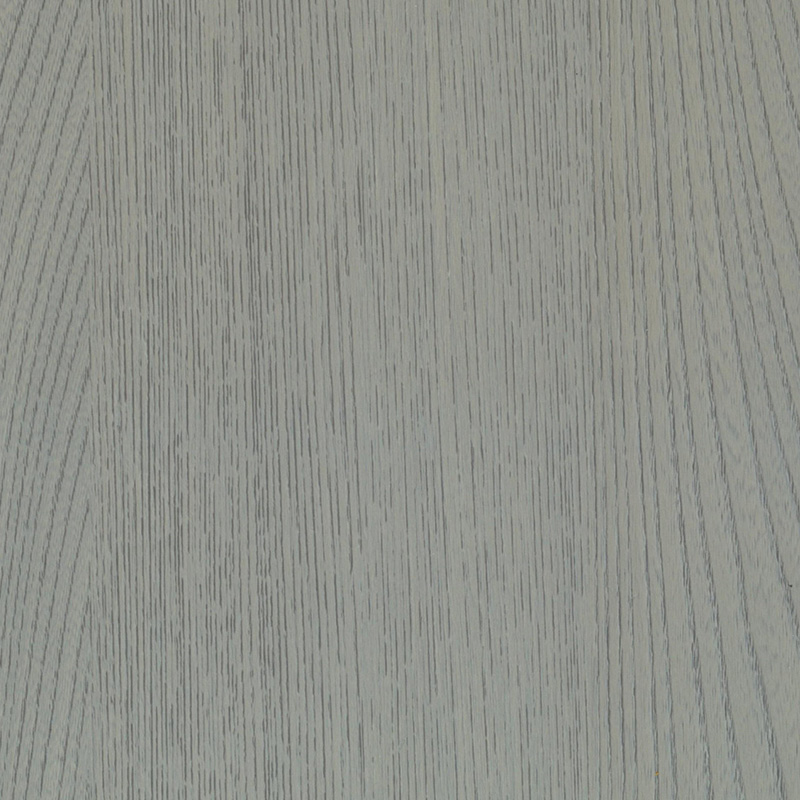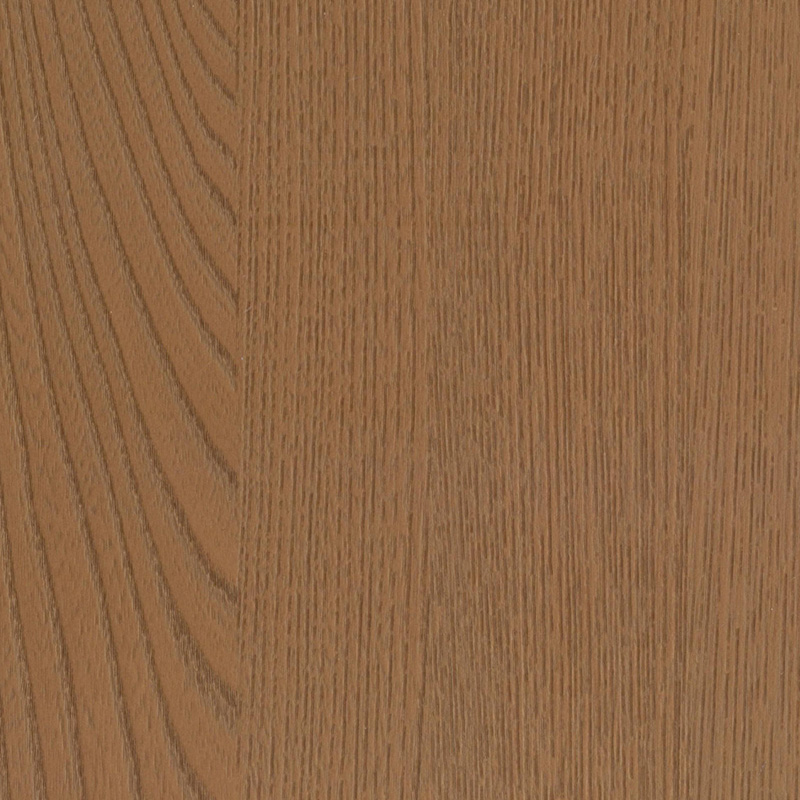PVC Film Innovations Expand Market Applications
The global industry for PVC film is currently experiencing a period of significant and sustained expansion, a trend fundamentally driven by continuous and noteworthy advancements in material science and manufacturing technologies. This highly versatile and consistently reliable polymer material, celebrated for its exceptional durability and its remarkable adaptability, is rapidly securing new and critical roles across a diverse and growing spectrum of industrial and commercial sectors. Ongoing research and substantial development initiatives are progressively enhancing the core performance characteristics and the overall functional capabilities of this essential material, thereby ensuring its continued and growing relevance within an intensely competitive and constantly evolving global marketplace.
Fundamentally, PVC film represents a flexible and highly customizable material manufactured through a sophisticated process involving polyvinyl chloride resin. The comprehensive production methodology involves carefully compounding the base resin with a wide array of specialized additives and modifiers, a crucial step undertaken to achieve very specific and targeted material properties. This meticulously formulated compound is then processed through advanced calendering or precision extrusion machinery to form thin, uniform, and continuous sheets. This inherent and fundamental ability to minutely customize the film's precise chemical composition and physical structure remains one of its primary and many significant strengths, effectively allowing producers to manufacture a vast range of specialized product variants with meticulously tailored levels of flexibility, optical clarity, and resistance to various environmental factors. The resulting high-performance product consistently proves to be a cost-effective and exceptionally reliable material solution for countless demanding applications.
Recent and impactful technological progress has been strategically focused on substantially improving the functional and mechanical attributes of modern PVC film. Notable and important enhancements in advanced UV stabilization technologies, for instance, have successfully led to the commercial development of new film grades that demonstrate a predominant ability to withstand prolonged and direct exposure to intense sunlight, a critical and decisive factor for numerous long-term outdoor applications. This important innovation has directly contributed to extending the practical service life of essential products including durable outdoor signage and protective exterior building layers. Concurrently, substantial and parallel advancements in modern plasticizer technology and polymer chemistry have successfully yielded new generations of PVC film that reliably maintain their designed flexibility and integrity across a much wider operational temperature range, while also demonstrating a markedly reduced tendency for plasticizer migration, a key improvement that directly contributes to enhanced longer-term performance stability and product longevity.
Looking ahead, the future trajectory for the PVC film industry appears to be closely and inextricably linked to a commitment to continuous and targeted innovation. Active research and development programs are persistently ongoing to further enhance the material's fire-retardant properties, long-term weatherability, and its overall environmental footprint. The demonstrated ability of material producers and converters to nimbly adapt to evolving regulatory changes and to effectively meet growing market demands for more sustainable and technically advanced material solutions will undoubtedly be a significant and decisive factor in determining its long-term commercial adoption and success. The persistent and dynamic development of sophisticated PVC film products consistently underscores its enduring and expanding utility as an adaptable, high-performance, and economically viable material of choice across a vast range of global industrial and consumer sectors.

 English
English русский
русский Español
Español عربى
عربى Deutsch
Deutsch





